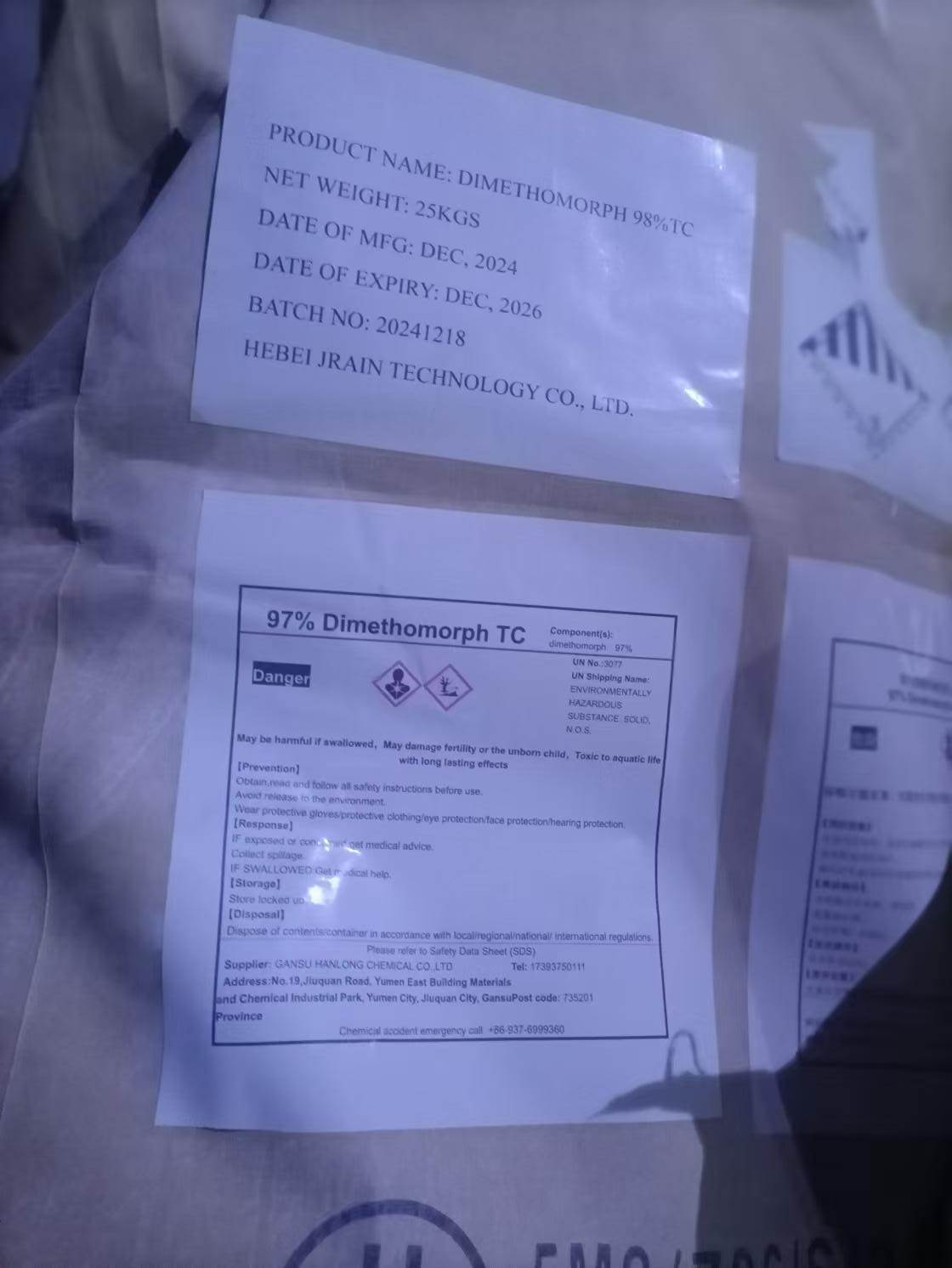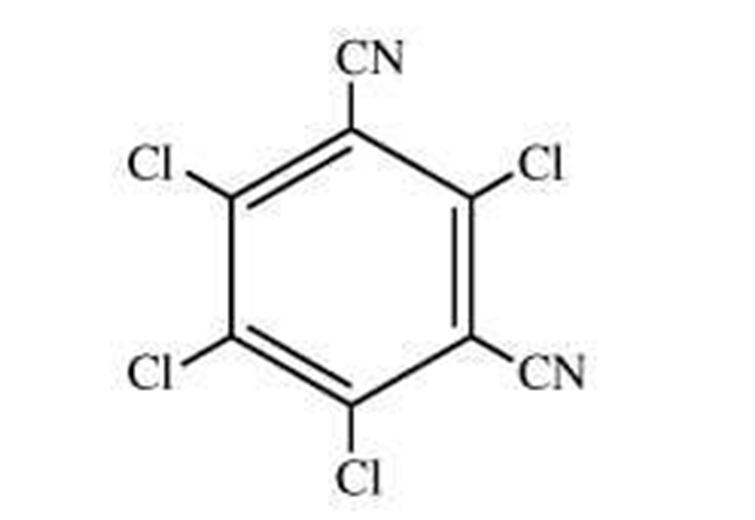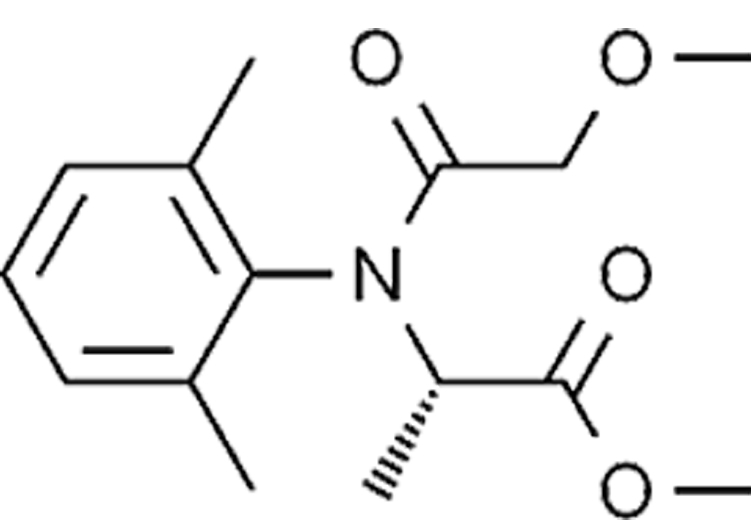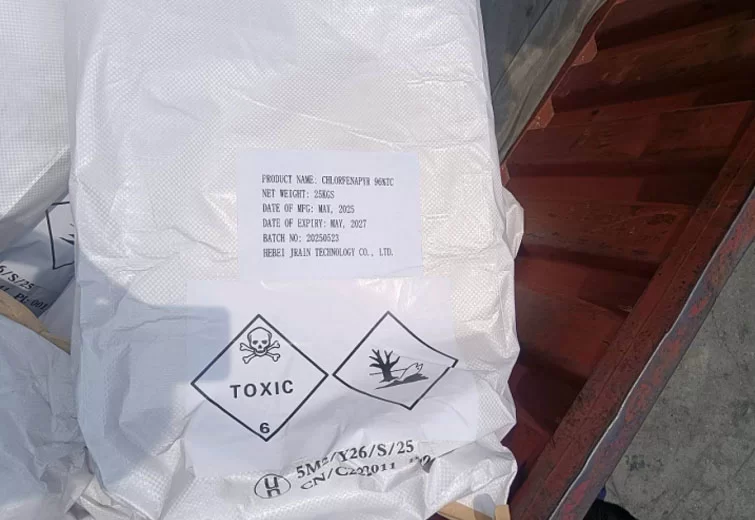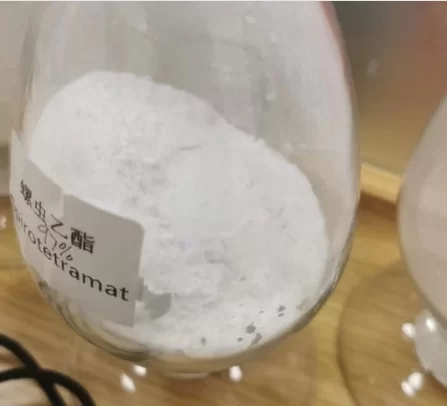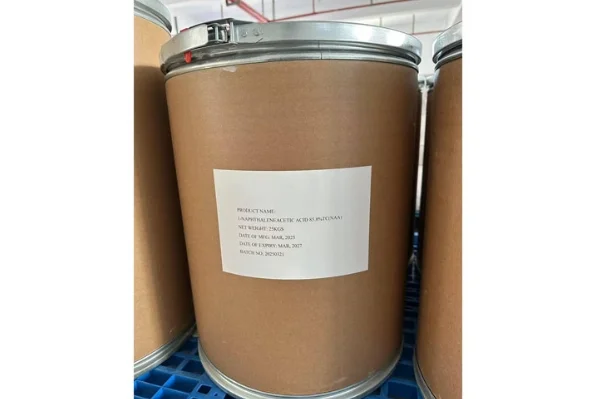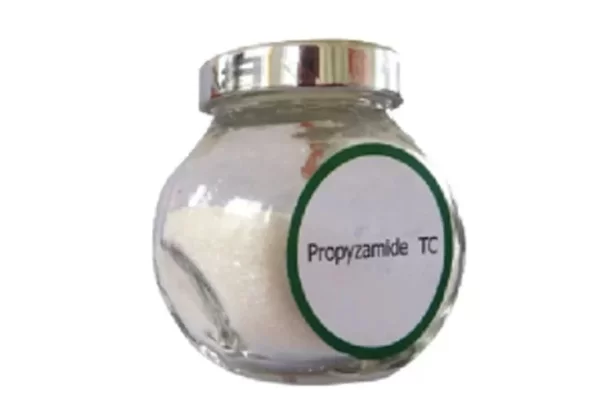The Evolution of Filling Machine Technology: Precision and Efficiency
In the rapidly evolving manufacturing landscape, the Filling Machine stands as a cornerstone of production efficiency across diverse industries. From pharmaceuticals to cosmetics and food, the precise and hygienic dispensing of products is paramount. Modern Filling Machine systems are not merely dispensers; they are sophisticated integrations of mechanics, electronics, and software, designed to meet rigorous standards for accuracy, speed, and safety. This section delves into the critical role these machines play and the overarching industry trends shaping their development, highlighting the shift towards greater automation, modularity, and sustainable operations.
The demand for specialized solutions, such as the aluminium tube filling machine, underscores the need for versatility in packaging. Aluminium tubes, prized for their barrier properties and aesthetic appeal, require specific handling and sealing techniques to maintain product integrity and presentation. Industry trends indicate a strong move towards servo-driven mechanisms for enhanced precision, HMI (Human-Machine Interface) systems for intuitive control, and integrated CIP (Clean-in-Place) and SIP (Sterilization-in-Place) capabilities to uphold stringent hygiene standards. Manufacturers are also prioritizing machines with quick changeover times and reduced energy consumption to address both operational efficiency and environmental concerns, ensuring competitive advantage in global markets.
Detailed Process Flow: Aluminium Tube Filling and Sealing
The operation of an aluminium tube filling machine involves a sequence of meticulously orchestrated steps to ensure product quality and packaging integrity. The process typically begins with automatic tube feeding from a hopper, where empty aluminium tubes are oriented and transferred to a carousel or puck system. Following orientation, the tubes undergo an internal cleaning or dust removal stage, often using ionized air, to eliminate any particulate matter and ensure aseptic conditions, especially critical for pharmaceutical or cosmetic applications. This foundational step is crucial for maintaining the product's purity and extending its shelf life, aligning with GMP (Good Manufacturing Practice) standards.
The core of the operation involves the precise dosing of the product into the tube. Most Filling Machine systems for tubes employ volumetric piston pumps, which offer exceptional accuracy and repeatability for various viscosities. After filling, the tube's open end is prepared for sealing. For aluminium tubes, this typically involves a crimping process, where the tube end is folded multiple times and pressed to create a hermetic seal. Some advanced machines integrate hot air or ultrasonic sealing technologies for specific product requirements or composite tubes, ensuring a tamper-evident and leak-proof package. Finally, batch codes, expiry dates, or other regulatory information are embossed or printed onto the sealed tube before it is trimmed to a uniform length and ejected onto a conveyor for downstream packaging. Material selection is critical, with product contact parts commonly made from SS316L stainless steel for its superior corrosion resistance and ease of cleaning, meeting ISO and FDA compliance.
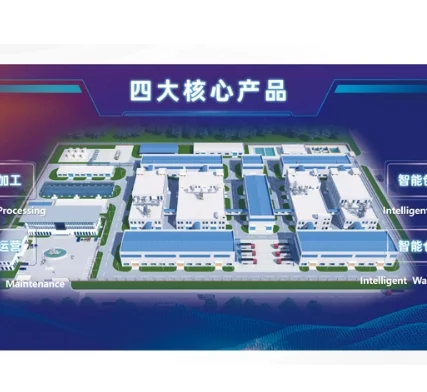
Technical Parameters & Specifications for Filling Machines
Selecting the right Filling Machine hinges on a thorough understanding of its technical parameters, which dictate its suitability for specific applications and operational environments. Key specifications include filling volume range, production speed, filling accuracy, and the types of materials the machine can handle. For an aluminium tube filling machine, specific parameters like tube diameter range, tube length, and the sealing method employed (e.g., crimping, hot air) become critically important. These machines are engineered for precision, often achieving filling accuracies of ±0.5% or better, crucial for product consistency and cost control.
Below is a comprehensive table outlining typical technical specifications for a high-performance aluminium tube filling machine, providing a benchmark for performance expectations. Understanding these figures allows businesses to align machine capabilities with their production demands, ensuring optimal throughput and minimal waste. The operational voltage, power consumption, and air pressure requirements are also vital considerations for facility integration and long-term energy efficiency, directly impacting operational expenditure and sustainability goals.
Typical Technical Parameters for an Aluminium Tube Filling Machine | ||
Parameter | Specification | Description |
Filling Volume Range | 5-250 ml (customizable) | Adjustable for various product sizes. |
Production Speed | 60-120 tubes/minute | Depends on product viscosity and fill volume. |
Filling Accuracy | ≤ ±0.5% | High precision for consistent product weight/volume. |
Tube Diameter Range | Φ10-Φ50 mm | Accommodates a wide range of aluminium tube sizes. |
Tube Length Range | 50-240 mm | Adaptable to various tube heights. |
Sealing Method | Triple/Quadruple Fold Crimping | Standard for aluminium tubes, ensures strong seal. |
Power Supply | AC 380V/50Hz/3Phase | Typical industrial power requirement. |
Air Pressure | 0.5-0.7 MPa | Required for pneumatic components. |
Machine Weight | Approx. 800-1500 kg | Varies by model and features. |
Material Contact Parts | SS316L Stainless Steel | Ensures hygiene and corrosion resistance. |
Application Scenarios and Industry Advantages
The versatility of a Filling Machine allows it to serve a broad spectrum of industries, each benefiting from its precision and efficiency. In the pharmaceutical sector, these machines are indispensable for filling ointments, creams, and gels into tubes, requiring aseptic conditions and adherence to cGMP (current Good Manufacturing Practices). The cosmetic industry relies on them for packaging beauty creams, lotions, and toothpaste, where product presentation and fill accuracy directly impact brand perception. Food applications, such as condiments, purees, or spreads, also leverage filling machines to ensure hygienic packaging and extended shelf life, preventing spoilage and maintaining consumer trust.
Specifically, the aluminium tube filling machine offers distinct advantages, particularly in industries where barrier protection and product stability are paramount. Aluminium provides an excellent barrier against light, oxygen, and moisture, making it ideal for sensitive formulations in pharmaceuticals or high-end cosmetics. Its inherent corrosion resistance ensures product integrity, while its malleability allows for complete product evacuation, minimizing waste for consumers. Modern machines are designed with energy-saving components, such as servo motors, which significantly reduce power consumption compared to older pneumatic systems, contributing to lower operational costs and a smaller environmental footprint. This combination of material benefits and advanced machine design ensures high performance and sustainability across diverse application scenarios.
Technical Advantages and Innovation in Filling Technology
Contemporary Filling Machine technology is driven by relentless innovation aimed at maximizing uptime, precision, and operational flexibility. A significant advancement is the widespread adoption of servo-driven systems, which replace traditional mechanical linkages with electronic controls. This offers unparalleled accuracy in filling volumes, smoother machine movements, and rapid adjustment capabilities for different tube sizes or product viscosities. Such precision minimizes product giveaway and ensures consistency, which is vital for compliance and cost management in B2B environments. Integrated Human-Machine Interfaces (HMIs) with touchscreens provide operators with intuitive control, real-time diagnostics, and recipe management, simplifying complex operations and reducing training time.
Furthermore, the modular design of many advanced aluminium tube filling machine systems allows for quick changeovers between product batches and packaging formats, enhancing overall line efficiency. Features like tool-less adjustments and automatic parameter recall from stored recipes drastically reduce setup times, which translates directly into increased production capacity. Modern machines also incorporate smart sensor technology for defect detection, such as missing caps or improper seals, ensuring only quality products proceed down the line. Compliance with international standards like ATEX for hazardous environments or FDA CFR Part 21 for electronic records underscores the commitment to safety, data integrity, and regulatory adherence, establishing a benchmark for industry best practices.
Manufacturer Comparison and Custom Solutions
Choosing the right Filling Machine manufacturer involves evaluating several factors, including technological prowess, customer support, and the ability to provide tailored solutions. While many offer standard models, leading manufacturers distinguish themselves through their engineering expertise in developing custom aluminium tube filling machine systems that address unique production challenges. This might include integrating specialized feeding mechanisms for unusually shaped tubes, bespoke dosing systems for highly viscous or abrasive products, or enhanced sterile filling capabilities for biopharmaceutical applications. The comparison table below highlights key differentiating features to consider when evaluating potential suppliers, emphasizing that the initial investment often reflects long-term reliability and adaptability.
Comparison of Aluminium Tube Filling Machine Features (Illustrative) | |||
Feature | Manufacturer A | Manufacturer B | Manufacturer C |
Max. Speed (tubes/min) | 100 | 150 | 80 |
Automation Level | Semi-Automatic | Fully Automatic, Servo-driven | Automatic, PLC Control |
Changeover Time | 1 hour | 15 minutes (tool-less) | 45 minutes |
Hygiene Features | Standard SS304 | SS316L, CIP/SIP Ready | SS316, Basic CIP |
HMI/Control | Push-button/Basic Screen | Advanced Touchscreen, IoT Integration | Touchscreen, Recipe Storage |
Price Range | Mid | High | Mid-Low |
Customization options for a Filling Machine typically include specialized material handling for unique product viscosities or abrasive characteristics, integration with upstream or downstream equipment (e.g., cartoners, palletizers), and enhanced safety features for specific operational environments (e.g., ATEX-compliant components for explosive atmospheres). Manufacturers capable of delivering such bespoke engineering demonstrate deep expertise and a commitment to solving complex client problems, fostering long-term partnerships built on trust and performance. This ability to adapt and innovate is crucial for businesses facing evolving market demands and increasingly stringent regulatory requirements.
Application Cases and Client Success
Our commitment to delivering high-performance Filling Machine solutions is best exemplified through our successful client engagements. One notable case involved a leading pharmaceutical company struggling with inconsistent fill weights and frequent downtime on their existing aluminium tube filling machine for ophthalmic gels. Our custom-engineered servo-driven system with integrated vacuum filling technology drastically improved fill accuracy to ±0.2% and reduced product waste by 15%. This enhanced precision not only ensured regulatory compliance but also resulted in significant material cost savings, showcasing the tangible benefits of investing in advanced technology. The client reported a 30% increase in overall equipment effectiveness (OEE) within six months of implementation.
Another success story involved a rapidly expanding cosmetic brand that needed to scale up production for their popular hand cream packaged in aluminium tubes. Their challenge was a lack of flexibility and slow changeover times on their legacy equipment. We provided a modular aluminium tube filling machine with a quick-release format part system and an intuitive HMI, enabling changeovers in under 20 minutes. This led to a 50% reduction in setup time and allowed the client to introduce new product lines faster, responding dynamically to market trends. These case studies underscore our dedication to understanding specific client needs and delivering robust, future-proof filling solutions that drive operational excellence and profitability.
Ensuring Trust: Quality, Warranty & Support
Building trust in the B2B sector requires more than just high-quality equipment; it demands unwavering commitment to reliability, support, and ethical practices. All our Filling Machine products, including our specialized aluminium tube filling machine range, are manufactured under stringent quality control systems, adhering to international standards such as ISO 9001:2015. Our machines also carry CE certification, guaranteeing compliance with European safety, health, and environmental protection requirements. For pharmaceutical clients, we provide full validation documentation packages, including IQ/OQ (Installation Qualification/Operational Qualification) protocols, to facilitate seamless regulatory approval and operational readiness, reflecting our deep understanding of industry-specific compliance needs.
We stand behind the durability and performance of our equipment with comprehensive warranty programs, typically offering a 12- to 24-month warranty on parts and labor. Our commitment extends beyond the sale through robust after-sales support, including remote diagnostics, on-site technical assistance, and readily available spare parts to minimize potential downtime. We also provide thorough operator training programs, ensuring your team is fully proficient in operating and maintaining the Filling Machine effectively. Typical delivery lead times range from 8 to 16 weeks, depending on customization levels, with transparent communication at every stage of the project. Our goal is to forge lasting partnerships by ensuring maximum machine uptime and operational efficiency for our clients globally.
Professional Q&A: Filling Machine Insights
Q1: What is volumetric dosing in a Filling Machine, and why is it preferred for tube filling?
A1: Volumetric dosing involves dispensing a precise, predetermined volume of product using a piston pump. It is highly preferred for tube filling because it offers superior accuracy and repeatability, regardless of product density fluctuations. This ensures consistent fill levels and minimizes product giveaway, crucial for cost control and regulatory compliance.
Q2: What materials are typically used for product contact parts in an Aluminium Tube Filling Machine, and why?
A2: Product contact parts are predominantly made from SS316L stainless steel. This material offers excellent corrosion resistance, especially against aggressive chemical products, and is easily cleanable, making it suitable for pharmaceutical, food, and cosmetic applications where hygiene and sterile conditions are paramount. It also complies with FDA and GMP requirements.
Q3: How do modern Filling Machines ensure product integrity during the filling process?
A3: Modern machines employ several mechanisms: no-tube-no-fill sensors prevent spills; suck-back/blow-off nozzles prevent dripping; integrated CIP/SIP systems ensure sterility; and inert gas purging (e.g., nitrogen) can be used before filling to displace oxygen, preventing product oxidation and extending shelf life.
Q4: What are the benefits of a servo-driven Aluminium Tube Filling Machine compared to a mechanically cam-driven one?
A4: Servo-driven machines offer significantly greater flexibility, precision, and faster changeovers. They allow for independent control of each station, enabling fine-tuning of parameters, quick adjustments via HMI, and reduced maintenance due to fewer mechanical parts. This results in higher overall efficiency and adaptability to diverse products.
Q5: What inspection standards should a Filling Machine comply with for global market entry?
A5: Key standards include ISO 9001 (Quality Management), CE marking (European market safety), GMP (Good Manufacturing Practices, especially for pharma/food), and potentially UL/CSA for North American electrical safety. For specific environments, ATEX compliance for explosion protection might also be required.
Q6: Can an Aluminium Tube Filling Machine handle different tube sizes and materials?
A6: While primarily designed for aluminium, many machines are adaptable. Change parts (e.g., tube holders, dosing nozzles) allow for varying tube diameters and lengths. Some advanced models can handle laminate or plastic tubes with different sealing modules (e.g., hot air for plastic, ultrasonic for laminates), but this typically requires specific configuration or additional modules.
Q7: What is the typical service life expectancy for a well-maintained Filling Machine?
A7: With proper regular maintenance, including lubrication, parts replacement, and adherence to operational guidelines, a high-quality Filling Machine can have a service life exceeding 15-20 years. Key factors influencing longevity include component quality, operational environment, and frequency of use.
Data Insights: Filling Machine Performance Metrics
To further illustrate the performance and market dynamics of the Filling Machine sector, we present data insights that represent typical industry benchmarks. These figures are crucial for strategic planning and competitive analysis, helping decision-makers understand where investment yields the most significant returns. While direct interactive charts are not feasible in this format, the data presented below is structured to convey the information typically found in comparison bar charts, pie charts, and trend line charts, providing a clear quantitative perspective on various aspects of aluminium tube filling machine capabilities and market distribution.
Data for a Theoretical "Filling Machine Throughput Comparison" (Bar Chart Representation) | ||
Machine Type | Average Tubes/Minute | Average Uptime (%) |
Entry-Level Semi-Auto | 30 | 85% |
Standard Auto (Mechanical) | 70 | 90% |
Advanced Servo-Driven | 120 | 95% |
High-Speed Rotary | 200+ | 96% |
Data for a Theoretical "Filling Machine Market Share by Region" (Pie Chart Representation) | |
Region | Market Share (%) |
Asia-Pacific | 40% |
Europe | 25% |
North America | 20% |
Latin America | 8% |
MEA (Middle East & Africa) | 7% |
Data for a Theoretical "Average Fill Accuracy Improvement Over Time" (Line Chart Representation) | |
Year | Average Fill Accuracy (±%) |
2015 | ±1.5% |
2018 | ±1.0% |
2021 | ±0.7% |
2024 | ±0.5% |
Conclusion and Future Outlook for Filling Technology
The continuous evolution of Filling Machine technology underscores its indispensable role in modern manufacturing. From general liquid fillers to highly specialized aluminium tube filling machine solutions, the drive towards greater automation, precision, and sustainability remains a constant. As industries face increasing pressure to enhance operational efficiency, reduce waste, and comply with stricter regulations, the demand for intelligent, adaptable, and robust filling solutions will only intensify. Future innovations are expected to focus on deeper integration with Industry 4.0 concepts, including AI-driven predictive maintenance, cloud-based data analytics for real-time performance optimization, and enhanced robotics for even greater flexibility and reduced human intervention.
The strategic adoption of advanced Filling Machine technology is not merely an investment in equipment but a commitment to future-proofing production processes. By embracing systems that offer unparalleled accuracy, rapid changeovers, and comprehensive data insights, businesses can unlock significant competitive advantages, ensuring product quality, reducing operational costs, and meeting the dynamic demands of global consumers. The trajectory of filling technology points towards smarter, more autonomous, and environmentally conscious machines that will continue to redefine the benchmarks for efficiency and innovation in packaging.
References
1. International Organization for Standardization (ISO). (2015). ISO 9001:2015 Quality management systems – Requirements.
2. U.S. Food and Drug Administration (FDA). (2020). Code of Federal Regulations Title 21 – Food and Drugs, Part 11: Electronic Records; Electronic Signatures.
3. European Committee for Standardization (CEN). (2014). EN ISO 12100: Safety of machinery – General principles for design – Risk assessment and risk reduction.
4. Packman, G. (2022). Advanced Packaging Technologies for Pharmaceutical and Cosmetic Products. Journal of Packaging Science & Technology, 15(3), 112-128.
5. Robotics and Automation Society. (2023). Innovations in Automated Filling Systems. IEEE Transactions on Robotics, 39(1), 55-68.

